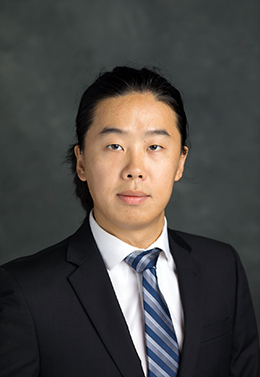Back
Oral
Water, Wastewater & Stormwater
Hydrodynamic Modeling of Parameterized Circular Secondary Sedimentation Tanks Using Physics-Informed Neural Networks for Rapid Prototype Design
Wednesday, May 21, 2025
1:15 PM – 1:30 PM Alaska Daylight Time (AKDT)
Room: Cook Hall

Kai Liu
University of Tennessee, United States

Haochen Li
Assistant Professor
University of Tennessee, Tennessee, United States
Author (not presenting)(s)
Co-Author(s)
Abstract Submission: Designing an optimal secondary sedimentation tank (SST) in wastewater treatment requires managing numerous geometric and operational parameters to accommodate ever-changing practical conditions. Traditional fixed-configuration modeling, such as repetitive computational fluid dynamics (CFD) simulations, is computationally expensive. To address this, we propose a parameterized modeling approach that incorporates geometric variables (e.g., tank radius, depth, central wall position) and operational conditions (e.g., flow rate, influent concentration) into a single adaptable model. Utilizing physics-informed neural networks (PINNs), which integrate these parameters and spatial variables as inputs, we train a unified model to predict flow field variables (i.e., velocity, pressure, concentration) across a wide parameter space in one step. This approach eliminates the need for repetitive CFD simulations for each unique case, significantly enhancing efficiency in performance prediction and prototype design. The model’s predictions are validated against a series of CFD simulations and experimental measurements. Finally, we demonstrate the model’s efficiency and robustness in predicting key performance metrics, including effluent suspended solids (ESS) and sludge volume index (SVI), and investigate the combined effects of geometric and operational parameters on performance.
Learning Objectives/Expected Outcome (Optional) :
Learning Objectives/Expected Outcome (Optional) :

